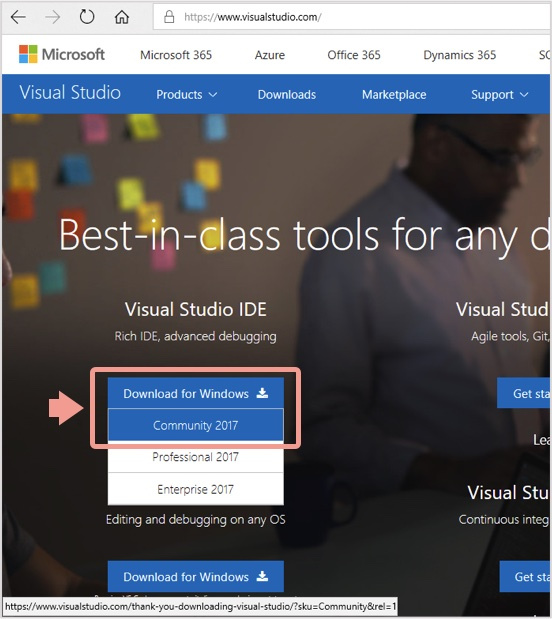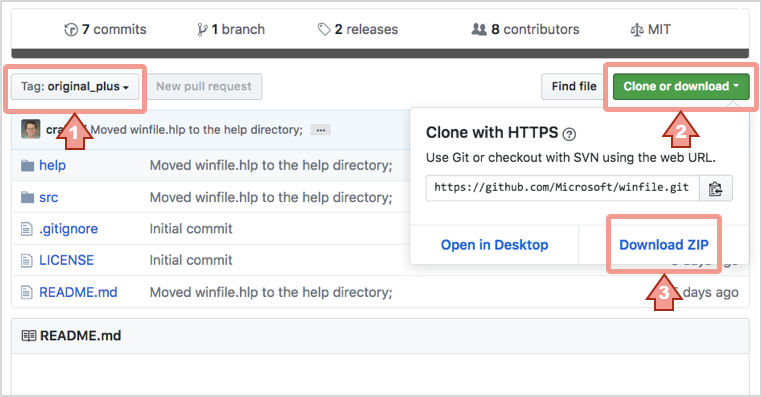Facebook Rolls Out ‘Data Abuse Bounty’ Program
All eyes are on Facebook as the company wades its way through a sticky controversy centered on users’ privacy. As CEO Mark Zuckerberg testified before Congress this week regarding the Cambridge Analytica scandal, the social media giant rolled out a “Data Abuse Bounty” program to catch applications on the platform inappropriately using personal data.
Meanwhile, Facebook and Cambridge Analytica, along with SCL Group Limited and Global Science Research Limited (GSR), on Monday April 9 were hit with a class-action lawsuit filed by lawyers in the US and the UK who accuse the defendants of misusing data belonging to 71.6 million Facebook users. The suit also names Steve Bannon, Donald Trump’s former campaign manager and White House advisor, and Aleksandr Kogan, GSR founding director and Cambridge University neuroscientist.
The lawsuit claims Cambridge Analytica, SCL Group, and GSR collected users’ personal data to develop campaigns for the purpose of influencing the 2016 US presidential election and British EU referendum. Facebook, they say, should be held accountable for not taking the proper steps to secure users’ information.
Cambridge Analytica reportedly collected this data through a personality quiz created by Kogan as a Facebook app. About 270,000 Facebook users submitted their data through the app; however, the app’s design enabled Cambridge Analytica to also collect the information of these participants’ friends – bringing the total users affected from 270k to more than 72 million.
This data, reportedly used to build profiles of Facebook users, includes public profile information, names, home and email addresses, page likes, hometown, birthday, and political and religious affiliations.
“Facebook utterly failed in its duty and promise to secure the personal information of millions of its users, and, when aware that this … information was aimed against its owners, it failed to take appropriate action,” says co-lead counsel Robert Ruyak, The Guardian reports.
Data Abuse Bounty Program
Facebook has made a series of moves around better protecting users’ data. It claims data belonging to most its 2 billion users could have been accessed without their permissions, and the data of 87 million people was taken by Cambridge Analytica. Changes affect Facebook’s Events API, Groups API, Call and Text History, App Controls, and Login.
One of its new privacy-focused initiatives is the Data Abuse Bounty Program, which will reward people who report application developers misusing people’s information. The project was inspired by Facebook’s existing bug bounty program, used to address security flaws, and Facebook had first hinted about launching such an initiative last month.
This bounty program, the first of its kind, will reward those with firsthand knowledge and proof of instances in which an app on the Facebook platform collects and transfers users’ data to another party to be sold, stolen, or used for scams or political influence, Facebook explains.
Marten Mickos, CEO of HackerOne, says “it makes perfect sense” for Facebook to seek outside help in testing and vetting apps that have access to consumer data. This will help it achieve results sooner, he says, but Facebook has to make sure it has the right steps in place.
“Like any bounty program, for Facebook to be successful they must offer clear guidance to researchers, prioritize the incoming reports and necessary fixes, and offer hackers competitive recognition for their contributions,” he explains.
As with the bug bounty program, the value of each award will depend on the impact of each report. There is no maximum, Facebook says, but it has awarded as much as $40,000 for high-impact bug reports in the past.
All legitimate reports will be reviewed and receive a response “as quickly as possible” when a credible threat to user data is identified. If abuse is confirmed, the app will be shut down and if necessary, appropriate legal action will be taken against the company buying or selling the data. The person who reported the issue will be paid, and those affected will be alerted.
“Facebook has lost ground on many fronts, and they need to try to regain that lost ground,” says Mickos, though he points to the company’s willingness to listen. “There are many things Facebook needs to do, and this initiative is a good one.”
Related Content:
- Facebook: Most Profiles Likely Scraped By Third Parties
- 2.6 Billion-Plus Data Records Breached Last Year
- 89% of Android Users Didn’t Consent to Facebook Data Collection
- Pairing Policy Technology: BYOD That Works for Your Enterprise

Join Dark Reading LIVE for a two-day Cybersecurity Crash Course at Interop ITX. Learn from the industry’s most knowledgeable IT security experts. Check out the agenda here. Register with Promo Code DR200 and save $200.
Kelly Sheridan is the Staff Editor at Dark Reading, where she focuses on cybersecurity news and analysis. She is a business technology journalist who previously reported for InformationWeek, where she covered Microsoft, and Insurance Technology, where she covered financial … View Full Bio
Article source: https://www.darkreading.com/endpoint/facebook-rolls-out-data-abuse-bounty-program-/d/d-id/1331520?_mc=rss_x_drr_edt_aud_dr_x_x-rss-simple










